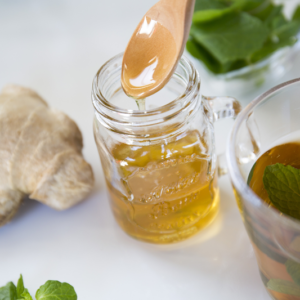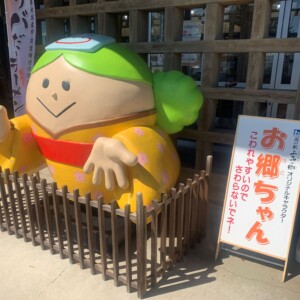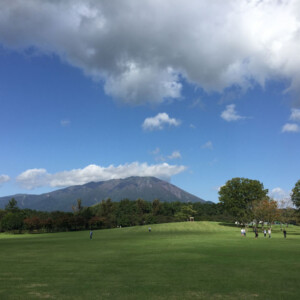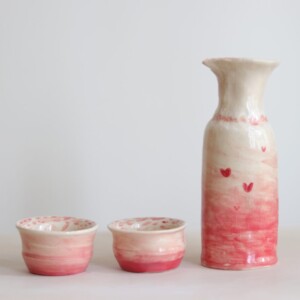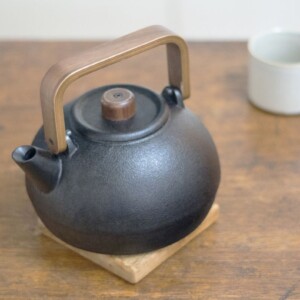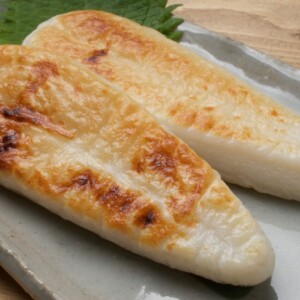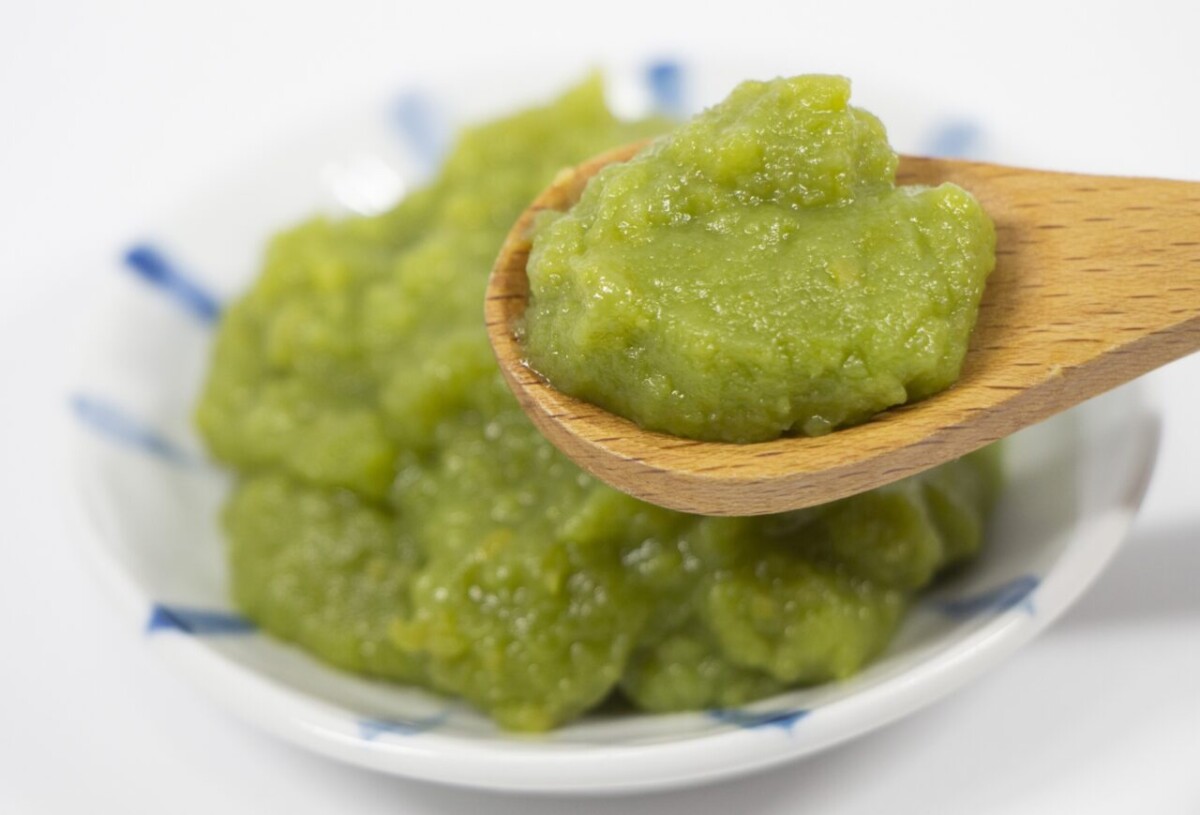
[Miyagi Prefecture] Let's make delicious "Zunda" | Enjoy the taste of bright green early summer at home
table of contents
Miyagi Prefecture's specialty is ``Zunda Mochi.'' Those who love Japanese sweets will feel happy when they see the zunda-an (red bean paste) sprinkled generously on top of the mochi.
By the way, did you know that you can make that bright green ``zunda'' at home? Moreover, the ingredients are quite simple. If you can easily make it at home, you can eat as much zunda as you like without holding back from anyone! Just thinking about it makes me happy.
So this time, we will introduce how to make zunda easily at home and some recipes to use it. If you want to fully enjoy the taste of early summer, please refer to this article.
First of all, what is “zunda”?
Zunda is a paste made from ground edamame. Depending on the region, it is also called ``jinda'' or ``nuta,'' and is eaten in the Tohoku region and northern Kanto. It may come as a surprise that it is not only eaten in Miyagi Prefecture.
The bright green color is similar to Japanese warbler bean paste, but the ingredients are different from zunda bean paste. Uguisuan uses green peas, while zunda uses edamame (immature soybeans). The unique fresh flavor of edamame is a characteristic unique to Zunda.
By the way, there are theories about the etymology of ``zunda''. There is a theory that it originates from ``zuda,'' which means crushing edamame like hitting beans, and that it evolved from ``jindachi,'' which Date Masamune used to crush and eat edamame when he went to war. Even the theory.
Nowadays, there are many specialty stores and souvenirs for tourists, and Zunda mochi has a strong image as a "packaged product" rather than a handmade one. However, it was originally made as a home-cooked dish. It was especially popular as a staple offering during Obon, and was known as a summer tradition where fresh edamame beans could be harvested.
Below is a recipe for making zunda at home.
How to make ``Zundaan'' at home
Here we will introduce recipes for making zunda at home.
How to make basics
◇Ingredients (for 5-6 cut mochi)
- 300g edamame with pods attached
- 30g sugar (about 10% of the edamame, you can reduce it depending on your preference)
- 1/3 teaspoon salt
◇How to make
- Place the edamame beans, whose pods have been lightly washed, into boiling water and boil for 10 to 15 minutes until soft.
- Drain in a colander and remove the fruit from the pod. Also remove the thin skin of the fruit. It is easier to remove the fruit by pinching it with your fingertips and rubbing it under water.
- Put the edamame, sugar, and salt in a mortar or food processor, coarsely crush, and then mix.
- Complete with mochi etc.
Removing the thin skin is a little time-consuming, but the rest is a simple process that doesn't require much skill.
How to make it easier
For those who want to make zunda more easily, we recommend not removing the thin skin.
It's true that the smoothness of zunda bean paste is inferior to that made with the skin properly removed, but I think it's tolerable if you don't worry too much about it.
Especially if you use a food processor, grinding for a longer time will reduce the greasy feeling.
You can also make it easier by using frozen edamame that has been removed from the pod. The good thing about frozen food is that you can make it regardless of the season.
However, summer edamame is now in season with its fragrant aroma. If the time is right, we recommend using fresh edamame.
Introducing recipes using Zundaan
I want you to enjoy the delicious Zundaan that you have made by hand! Here are some recommended recipes for those times.
- Standard zunda mochi mixed with kirimochi
- Zunda dango mixed with Shiratama dango
- Mix zunda + vanilla ice cream with a mixer to make zunda shake
- Layer ice cream, red bean paste, and zunda to create a Japanese-style parfait.
- Zunda toast on freshly baked toast
Zunda mochi has a strong image of being a Japanese sweet, but we recommend the collaboration with ice cream. The relaxing and mellow zunda bean paste and the milky, cool ice cream combine in your mouth and won't leave you feeling overwhelmed.
Being able to eat freshly made zunda is one of the charms of making it yourself. Why not give it a try?
summary
In this article, we have provided information on how to enjoy ``zunda'', a well-known specialty of Miyagi Prefecture, at home.
The season of brightly colored zunda will soon arrive. Being able to eat as much delicious zunda as you like, freshly made, is the charm of homemade zunda. Please refer to the basic recipes and recipes for making zunda in this article.



![[Miyagi Prefecture] What is “zunda” in Zunda mochi? Introducing the deliciousness from the origin of the word! 4067862_m](https://jp.neft.asia/wp-content/uploads/2021/12/4067862_m-150x150.jpg)
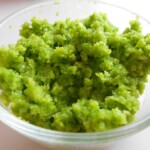
![I don't want it even if I'm not a Dragon Quest fan! Sold out in just 2 minutes after release! "Suraimubehosunda Mochi" [Miyagi Prefecture] 2023-03-17 17.33.18 (1)](https://jp.neft.asia/wp-content/uploads/2023/04/2023-03-17-17.33.18-1-150x150.jpg)


![Perfect as a souvenir! What is "Sendai Naga Egg Pickled Egg Pickled"? We also introduce places where you can buy it [Miyagi Prefecture] 22763576_mco](https://jp.neft.asia/wp-content/uploads/2022/03/22763576_mco-150x150.jpg)
![[Miyagi] Delicious farm-fresh sweets found in the northern part of the prefecture! Three color mochi](https://jp.neft.asia/wp-content/uploads/2017/02/unnamed-1-150x150.jpg)
![Scary and slightly sad stories... "Michinoku Otogi Kaido" with many stories left behind [Shichigasyu-cho, Shiraishi City, Miyagi Prefecture] Fairytale images](https://jp.neft.asia/wp-content/uploads/2023/04/be73b392233d2fe609797e999f8ca547-1-150x150.jpg)

